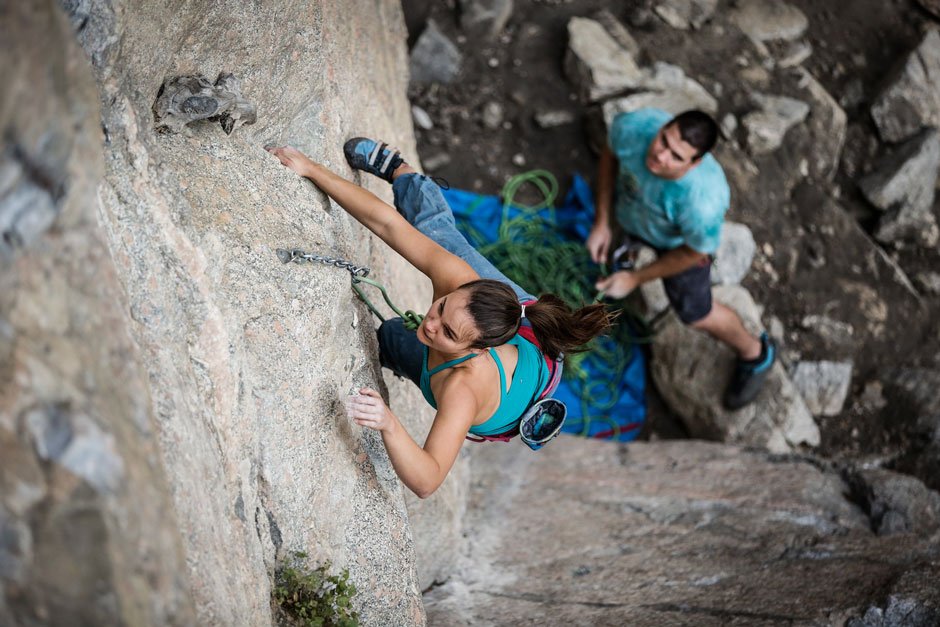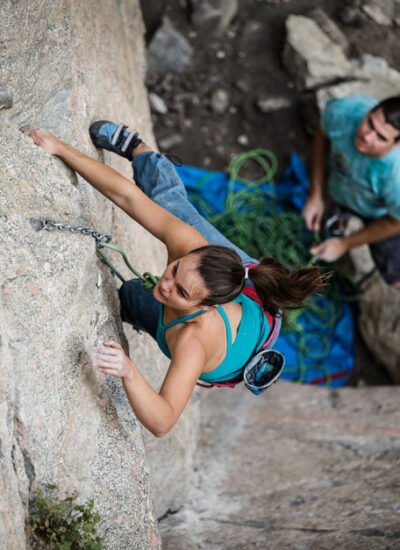 So, you’ve finally left your comfort zone and decided to try outdoor climbing. This is an admirable step. Like the majority, you may have also read the blogs, watched the YouTube tutorials, and packed your gear to make the most of your first-time adventure.
So, you’ve finally left your comfort zone and decided to try outdoor climbing. This is an admirable step. Like the majority, you may have also read the blogs, watched the YouTube tutorials, and packed your gear to make the most of your first-time adventure.
However, once you’re actually standing in front of the rock wall, things can feel a little different. Because, as of now, you would just know everything theoretically, and in practice, things can be altogether challenging.
Long story short, climbing outdoors for the first time is exciting, but it also comes with a few surprises. The terrain, the environment, and even your mindset will challenge you in ways you didn’t expect.
But don’t worry!
To help you prepare better, in this article, we will see three common struggles first-time climbers face and how to ease into them with confidence.
#1. Approaching the Climb Trail Itself Can Be Confusing
You might be inspired by someone to climb, and it has filled you with full motivation. However, one thing you will realize later is that there’s no visible route to follow. Nature doesn’t hand you a roadmap. The rock face is raw, and figuring out your next move becomes part of the adventure.
You might stand there thinking, “Wait, where do I even go from here?”
And that’s a totally normal reaction. On natural rock, tiny cracks, bumps, or edges are what you’ll have to use to climb. It requires patience, observation, and a bit of instinct to figure out what’s climbable and what’s just rock.
This is where having the right climbing gear makes a major difference. When you’re using gear specifically designed for outdoor routes, like durable harnesses and protective helmets, you’ll move with more confidence. You’re better equipped to test smaller footholds or shift your weight into harder-to-see placements.
In short, they do not just protect you. Moreover, they will help you read the wall better, move smarter, and trust your body when the next step isn’t obvious.
So no, the trail won’t be marked. But with some practice and solid gear on your side, you’ll start spotting routes where others just see stone.
#2. You’ll Tire Out Much Sooner Than Expected
Outdoor climbing drains your energy fast. The movements require more full-body effort. The rock is rough, the grips are unpredictable, and the routes are rarely straightforward.
Even if you’re fit, your forearms may start burning halfway up. Your legs may shake from balancing on tiny footholds. And let’s not forget the mental energy when you are constantly reading the wall and double-checking your gear.
This is why seasoned climbers stress the importance of pacing. Don’t treat your first outdoor route like a race. Climb in short bursts, take intentional breaks, and rest whenever possible. For that, you can find a shady spot, loosen your shoes, and let your heart rate settle before heading up again.
Moreover, fueling yourself is just as important. Bring quick, energy-boosting snacks like trail mix, energy bars, or dried fruit to keep your strength up between climbs. And don’t forget water. With the sun shining above your head, dehydration can creep in quickly, especially on windy routes.
#3. Your Fear Response Catches You Off Guard
Even with a rope, harness, and all the right safety measures, fear has a sneaky way of showing up when you’re on real rock. Maybe it’s the height. Maybe it’s the exposure that opens space around you with no walls or mats. Or maybe it’s simply that first moment of looking down and realizing how far up you’ve gone.
Fear is part of the experience, especially early on. And while it’s not always easy to calm, understanding that it doesn’t mean danger helps. Your body may react with shaky legs or sweaty palms, but your climbing system, when properly set up, is designed to keep you secure.
The key is building mental strength alongside physical skill. Take breaks. Focus on breathing through the hard moments. Moreover, you don’t have to be fearless; you just have to be willing to keep going.
Bringing It All Together!
Outdoor climbing is a beautiful, challenging, and deeply rewarding experience. It humbles you quickly. Every slip, pause, or awkward move helps you grow into a better, smarter climber.
The unexpected struggles? They’re not setbacks. They’re signs you’re stepping into something real, something worth learning.
So, pack smart, gear up with care, and give yourself the grace to be a beginner. Because even the best climbers once looked at a wall and wondered where the heck to start.
And, ultimately, they figured it out, just like you will.





Leave a Reply